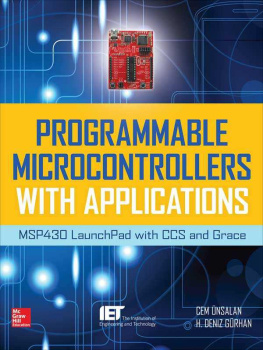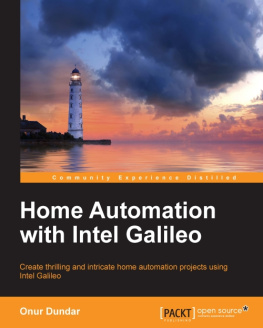Programmable Logic Controllers
Khaled Kamel, Ph.D., is currently a professor of computer science at Texas Southern University. Previously, he was for 22 years a professor and the chair of the Department of Computer Engineering and Computer Science at the University of Louisville Engineering School. He also worked as an instrumentation engineer at GE Jet Engine, and served as the founding dean of the College of Information Technology at United Arab Emirates University and of the College of Computer Science and Information Technology at Abu Dhabi University. Dr. Kamel received a B.S. in electrical engineering from Cairo University, a B.S. in mathematics from Ain Shams University (Egypt), an M.S. in computer science from the University of Waterloo, and a Ph.D. in electrical and computer engineering from the University of Cincinnati.

Eman Kamel, Ph.D., holds a B.S. in electrical engineering from Cairo University, an M.S. in electrical and computer engineering from the University of Cincinnati, and a Ph.D. in industrial engineering from the University of Louisville. She has extensive experience in process automation at companies including Dow Chemical, GE Jet Engine, Philip Morris, VITOK Engineers, Evana Tools, and PLC Automation. She designed and implemented PLC-based automation projects in application areas including tobacco manufacturing, chemical process control, wastewater treatment, plastic sheets processing, and irrigation water level control. Dr. Kamel has wide-ranging expertise in Siemens and Allen Bradley PLC programming, instrumentation, communication, and user interfaces. She has taught classes in the areas of PLCs, computer control, and automation at several universities.
Programmable Logic Controllers
Industrial Control
Khaled Kamel, Ph.D.
Eman Kamel, Ph.D.
New York Chicago San Francisco
Athens London Madrid
Mexico City Milan New Delhi
Singapore Sydney Toronto
Copyright 2014 by McGraw-Hill Education. All rights reserved. Except as permitted under the United States Copyright Act of 1976, no part of this publication may be reproduced or distributed in any form or by any means, or stored in a database or retrieval system, without the prior written permission of the publisher.
ISBN: 978-0-07-181047-0
MHID: 0-07-181047-1
e-Book conversion by Cenveo Publisher Services
Version 1.0
The material in this eBook also appears in the print version of this title: ISBN: 978-0-07-181045-6, MHID: 0-07-181045-5.
McGraw-Hill Education eBooks are available at special quantity discounts to use as premiums and sales promotions, or for use in corporate training programs. To contact a representative, please visit the Contact Us page at www.mhprofessional.com.
All trademarks are trademarks of their respective owners. Rather than put a trademark symbol after every occurrence of a trademarked name, we use names in an editorial fashion only, and to the benefit of the trademark owner, with no intention of infringement of the trademark. Where such designations appear in this book, they have been printed with initial caps.
Information has been obtained by McGraw-Hill Education from sources believed to be reliable. However, because of the possibility of human or mechanical error by our sources, McGraw-Hill Education, or others, McGraw-Hill Education does not guarantee the accuracy, adequacy, or completeness of any information and is not responsible for any errors or omissions or the results obtained from the use of such information.
TERMS OF USE
This is a copyrighted work and McGraw-Hill Education and its licensors reserve all rights in and to the work. Use of this work is subject to these terms. Except as permitted under the Copyright Act of 1976 and the right to store and retrieve one copy of the work, you may not decompile, disassemble, reverse engineer, reproduce, modify, create derivative works based upon, transmit, distribute, disseminate, sell, publish or sublicense the work or any part of it without McGraw-Hill Educations prior consent. You may use the work for your own noncommercial and personal use; any other use of the work is strictly prohibited. Your right to use the work may be terminated if you fail to comply with these terms.
THE WORK IS PROVIDED AS IS. McGRAW-HILL EDUCATION AND ITS LICENSORS MAKE NO GUARANTEES OR WARRANTIES AS TO THE ACCURACY, ADEQUACY OR COMPLETENESS OF OR RESULTS TO BE OBTAINED FROM USING THE WORK, INCLUDING ANY INFORMATION THAT CAN BE ACCESSED THROUGH THE WORK VIA HYPERLINK OR OTHERWISE, AND EXPRESSLY DISCLAIM ANY WARRANTY, EXPRESS OR IMPLIED, INCLUDING BUT NOT LIMITED TO IMPLIED WARRANTIES OF MERCHANTABILITY OR FITNESS FOR A PARTICULAR PURPOSE. McGraw-Hill Education and its licensors do not warrant or guarantee that the functions contained in the work will meet your requirements or that its operation will be uninterrupted or error free. Neither McGraw-Hill Education nor its licensors shall be liable to you or anyone else for any inaccuracy, error or omission, regardless of cause, in the work or for any damages resulting therefrom. McGraw-Hill Education has no responsibility for the content of any information accessed through the work. Under no circumstances shall McGraw-Hill Education and/or its licensors be liable for any indirect, incidental, special, punitive, consequential or similar damages that result from the use of or inability to use the work, even if any of them has been advised of the possibility of such damages. This limitation of liability shall apply to any claim or cause whatsoever whether such claim or cause arises in contract, tort or otherwise.
Programmable Logic Controllers: Industrial Control offers readers an introduction to PLC programming with a focus on real industrial process automation applications. The Siemens S7-1200 PLC hardware configuration and the Totally Integrated Automation (TIA) Portal are used throughout the book. A small and inexpensive training setup with a Siemens power supply, processor, processor-integrated discrete inputs-outputs, processor-integrated two-point analog inputs, processor one-output analog signal board, eight ON/OFF switch plug-in simulator, human-machine interface (HMI), four-port Ethernet switch module, and programming laptop is described and used to illustrate all programming concepts and the implementation of parts of automation projects completed by the authors in the past 15 years. The authors greatly appreciate the generous support of Siemens during the production of this book, including an expert technical review of the book conducted by the company.
At the end of each chapter is a set of homework questions and small laboratory design, programming, debugging, or maintenance projects. A comprehensive capstone design project is detailed in , contains a Microsoft PowerPoint multimedia presentation with several interactive simulators. Readers are encouraged to go through the presentation and practice with the simulators to fully understand the PLC programming fundamentals covered.

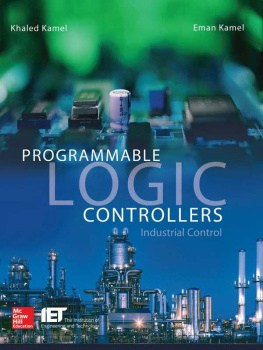
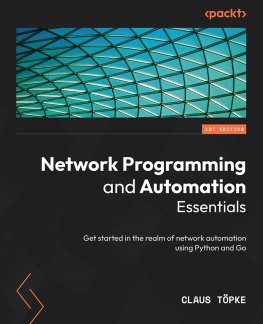
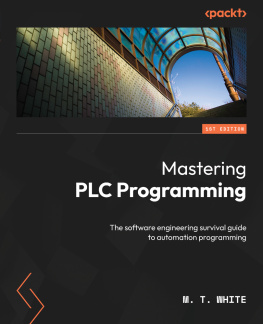
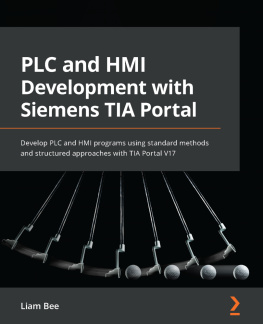
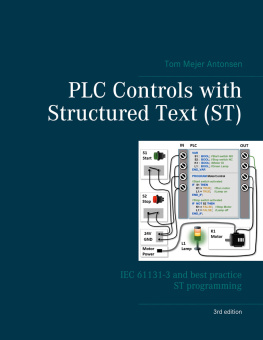

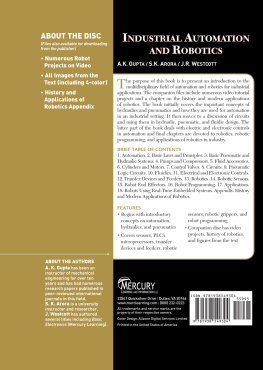
![Rahul Shetty [Rahul Shetty] - Hands-On Automation Testing with Java for Beginners](/uploads/posts/book/119398/thumbs/rahul-shetty-rahul-shetty-hands-on-automation.jpg)
